“A teacher can never truly teach unless [s]he is still learning [her]self. A lamp can never light another lamp unless it continues to burn its own flame. The teacher who has come to the end of [her] subject, who has no living traffic with [her] knowledge but merely repeats [her] lesson to [her] students, can only load their minds, [s]he cannot quicken them.” - Rabindranath Tagore
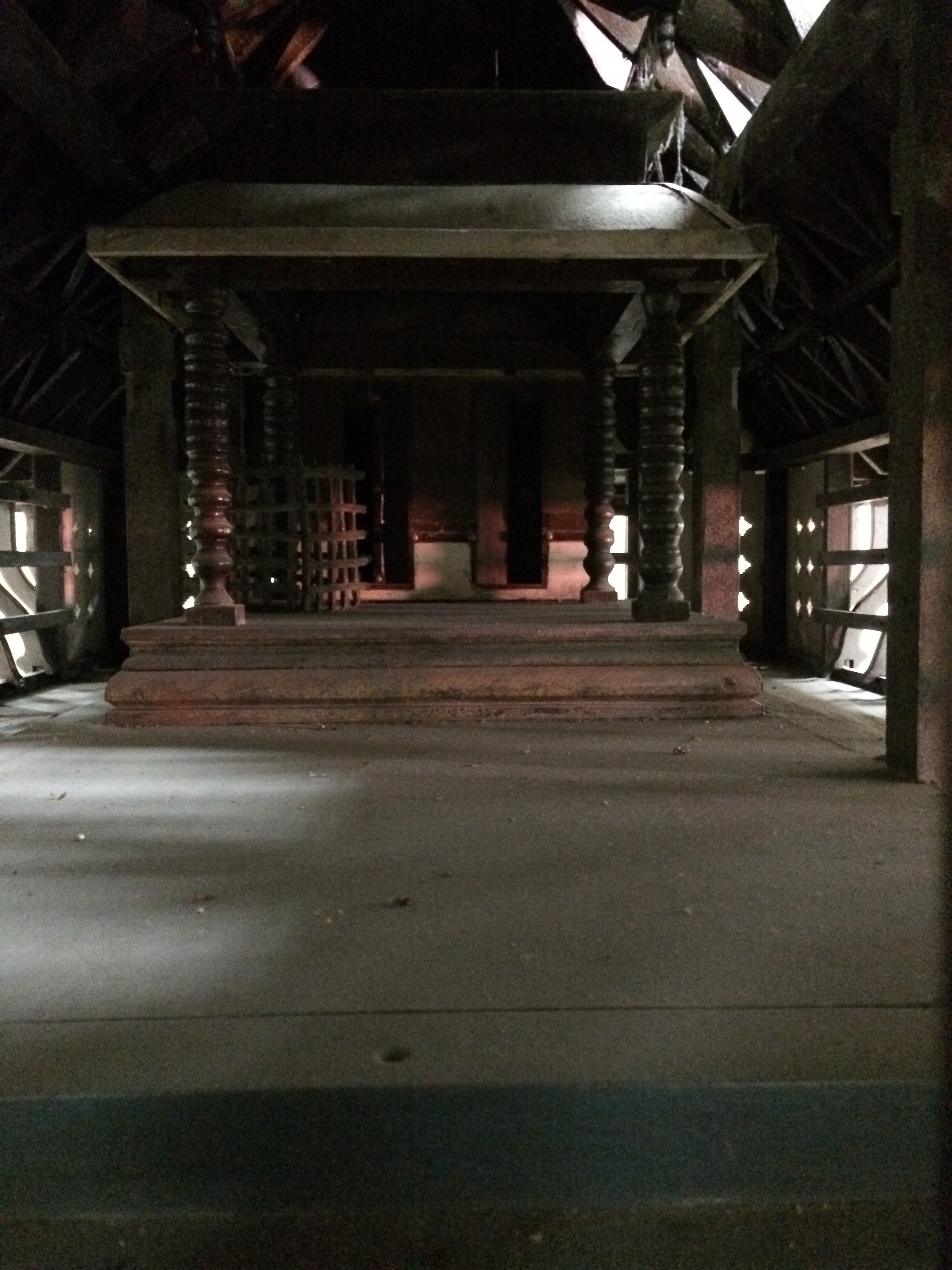
This model of a stage, as described in the Natyashastra, is housed at the Sangeet Natak Akademi in New Delhi. Photo taken during field research (2015).
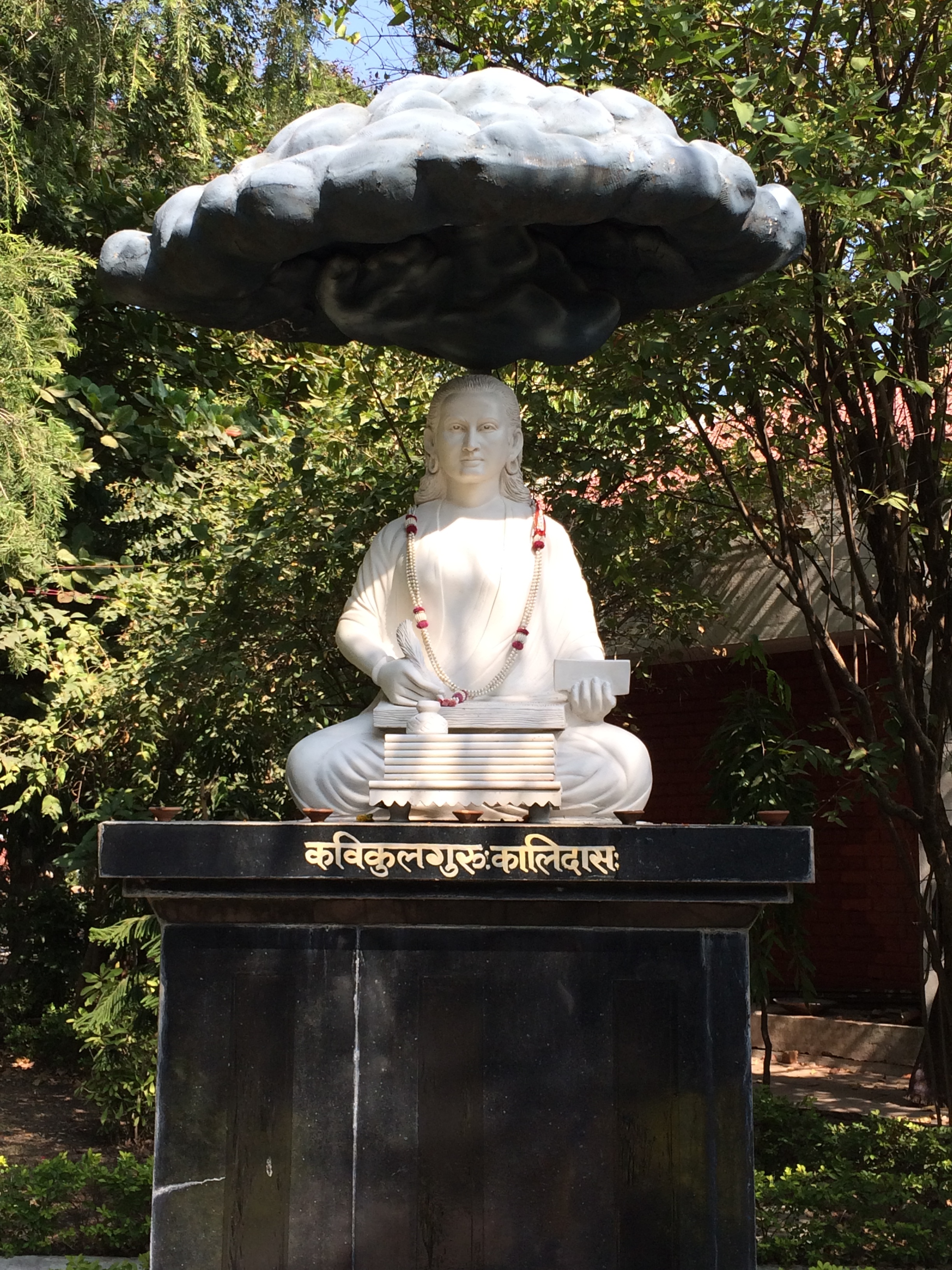
Kalidasa, the celebrated poet behind Shakuntala, is believed to have lived in the ancient city of Ujjayini, now know as Ujjain. This statue, housed at the Kalidasa Akademi in Ujjain, features the poet with a rain-cloud, the subject (and title) of his lyric poem the Meghaduta. Photo taken during field work (2015).

Sir William Jones, who first translated Shakuntala into English, is buried in South Park Street Cemetery, in present-day Kolkata. I visited his tomb while doing field research in 2016.
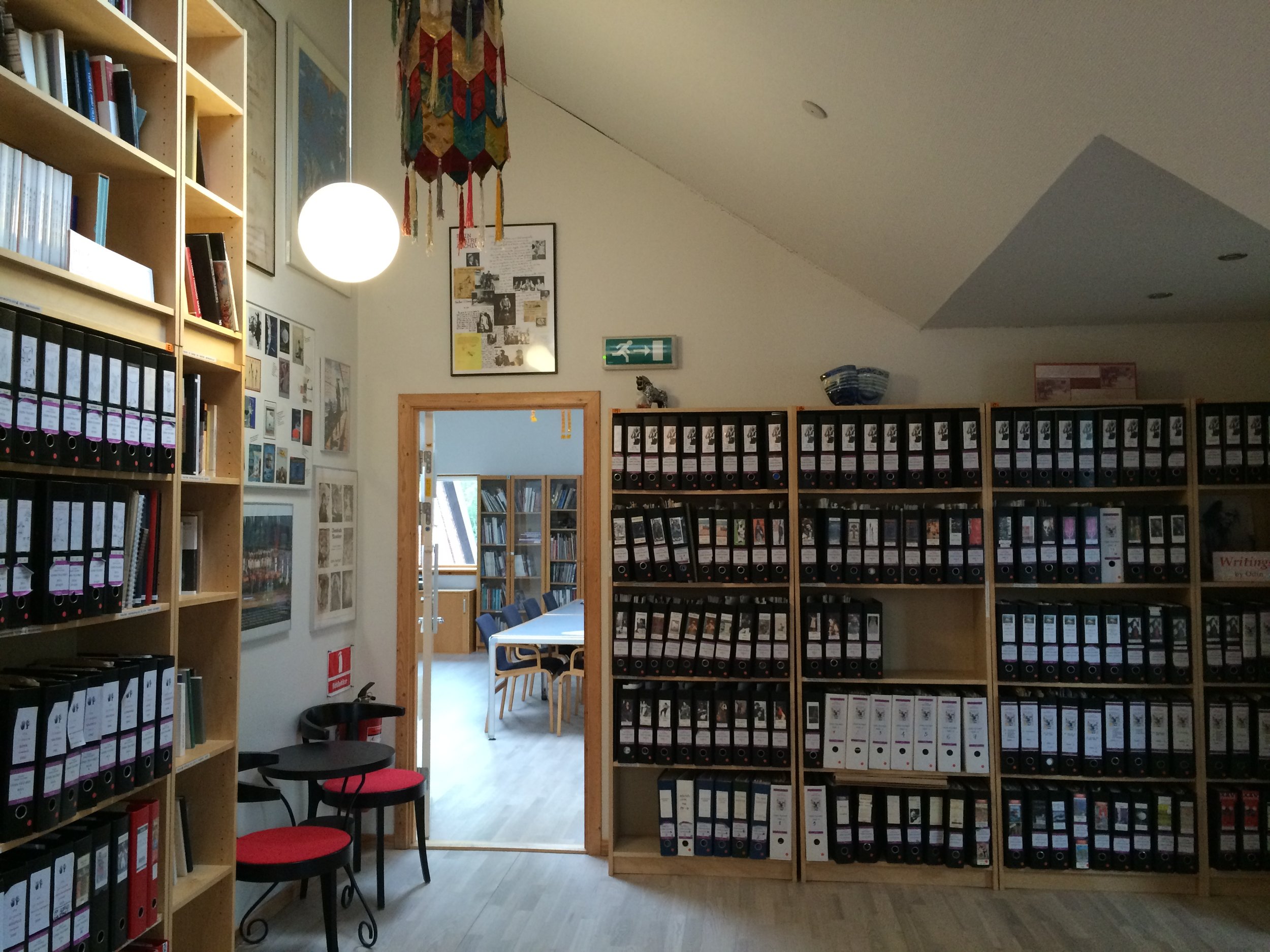
Eugenio Barba, artistic director of Odin Teatret and founder of the International School of Theatre Anthropology, is also a master archivist. I spent a week in this meticulously curated room in Holstebro, Denmark in 2016 doing research on the company’s work with Shakuntala in the early 1990s.
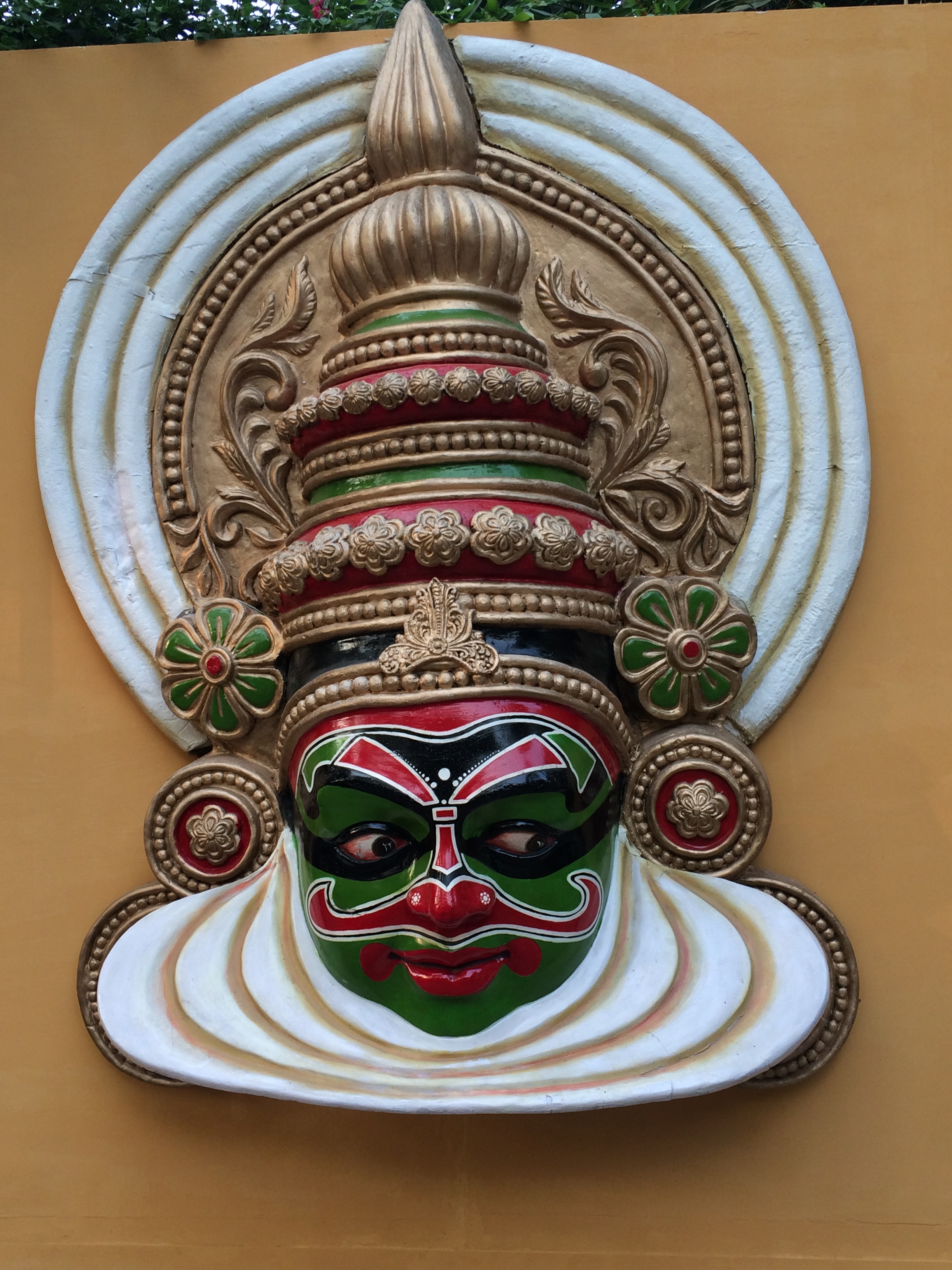
Hanging on a wall on the walkway to the Meghdoot Theatre at the Sangeet Natak Akademi in New Delhi, this sculpture captures the whimsy and precision of a Kathakali performer’s artistry and expression. Photo taken during field research (2015).
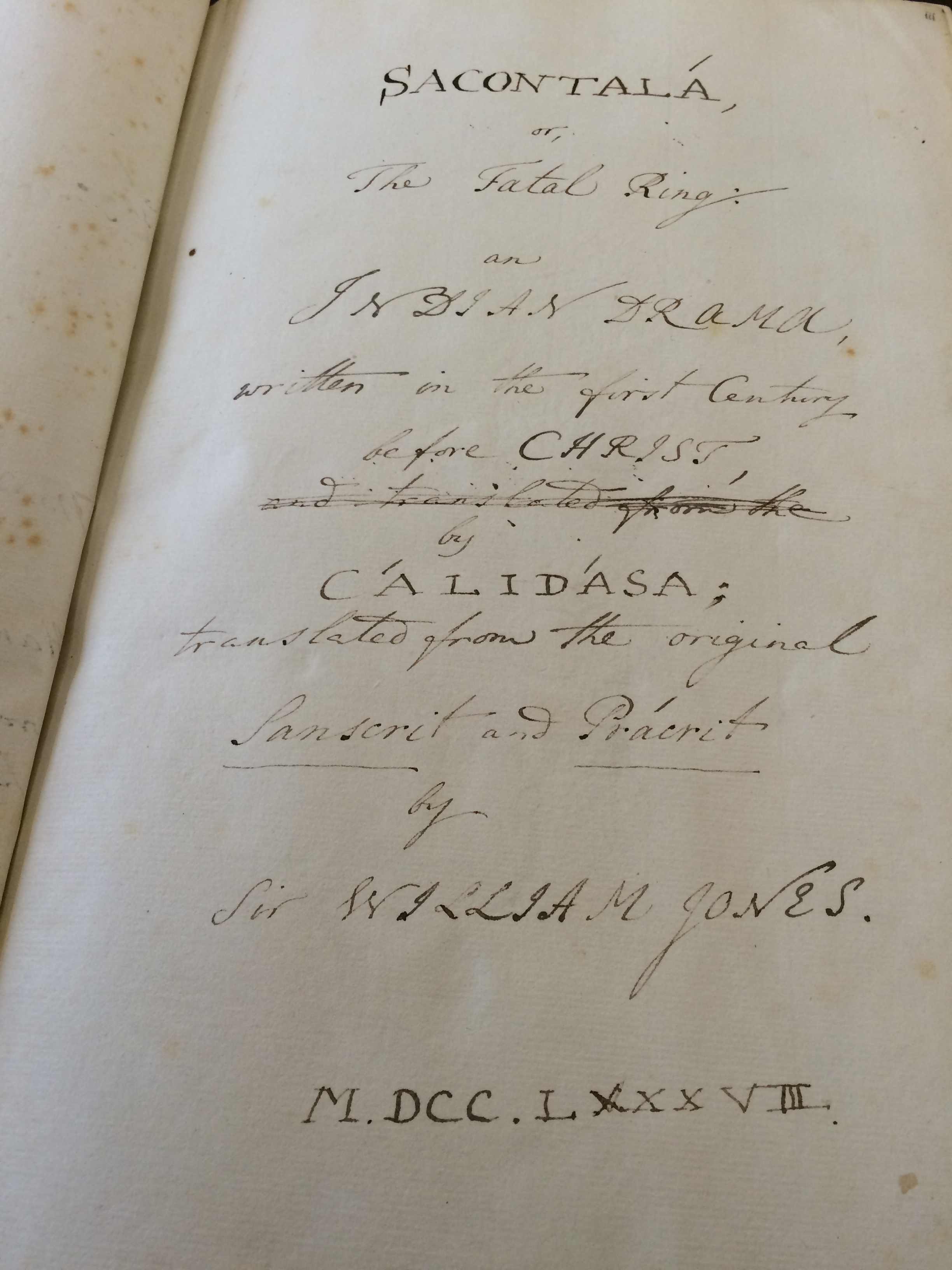
This manuscript, held at the Bodleian Library, of University of Oxford, was prepared for Sir William Jones in Calcutta in 1787. It includes a full preliminary translation of Shakuntala into English in the back, as well as meticulous line-by-line translations of Sanskrit to Latin to English. Photograph taken during field work (2016).
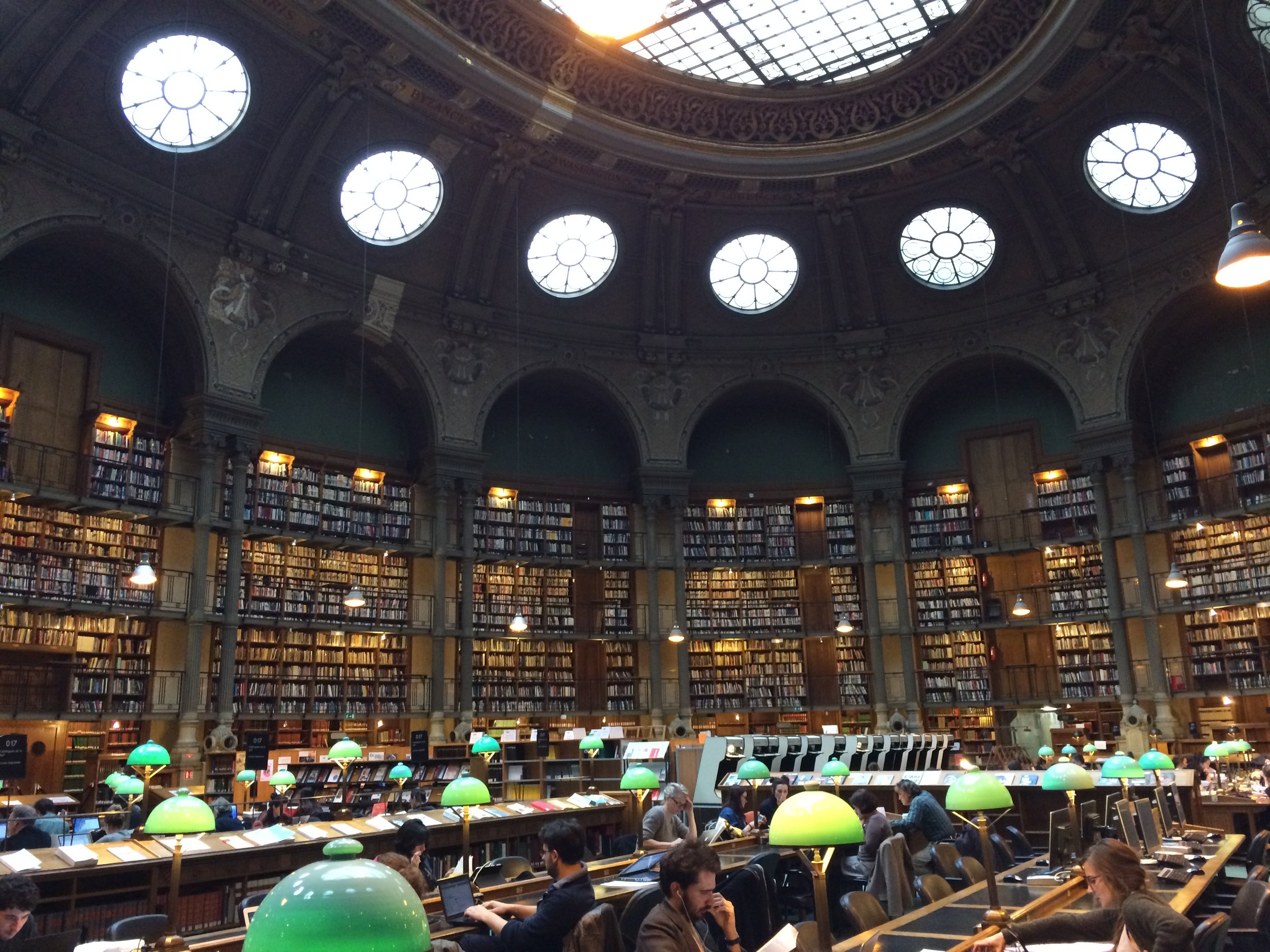
The Richelieu Library at the Bibliothèque nationale de France houses the library’s theater and music collections, including ephemera from Aurélien Lugné-Poe’s 1895 production of Shakuntala in Paris. Photograph taken during field work (2016).
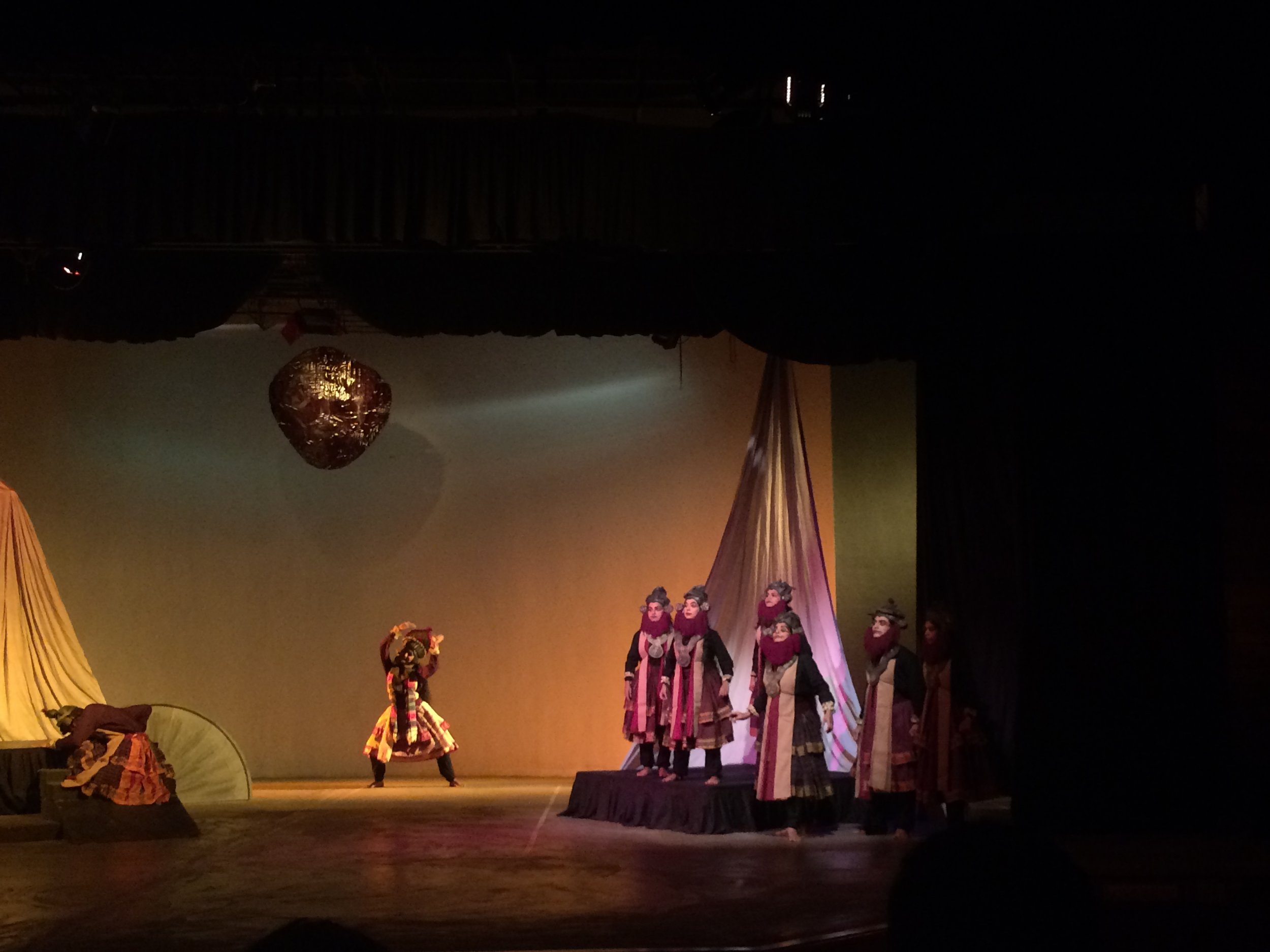
While working at Ninasam Theatre in Karnataka, I had the good fortune to see The Oresteia, performed in Kannada and in Yakshagana style, by Ninasam’s amateur theatre troupe. Photograph taken during field work (2016).

Not only is Wroclaw, Poland a delightful town to spend a few days, it is also home to the Grotowski Institute and Archives, where I spent three days learning everything I could about the great director’s famous 1960 production of Shakuntala. Photograph taken during field work (2016).
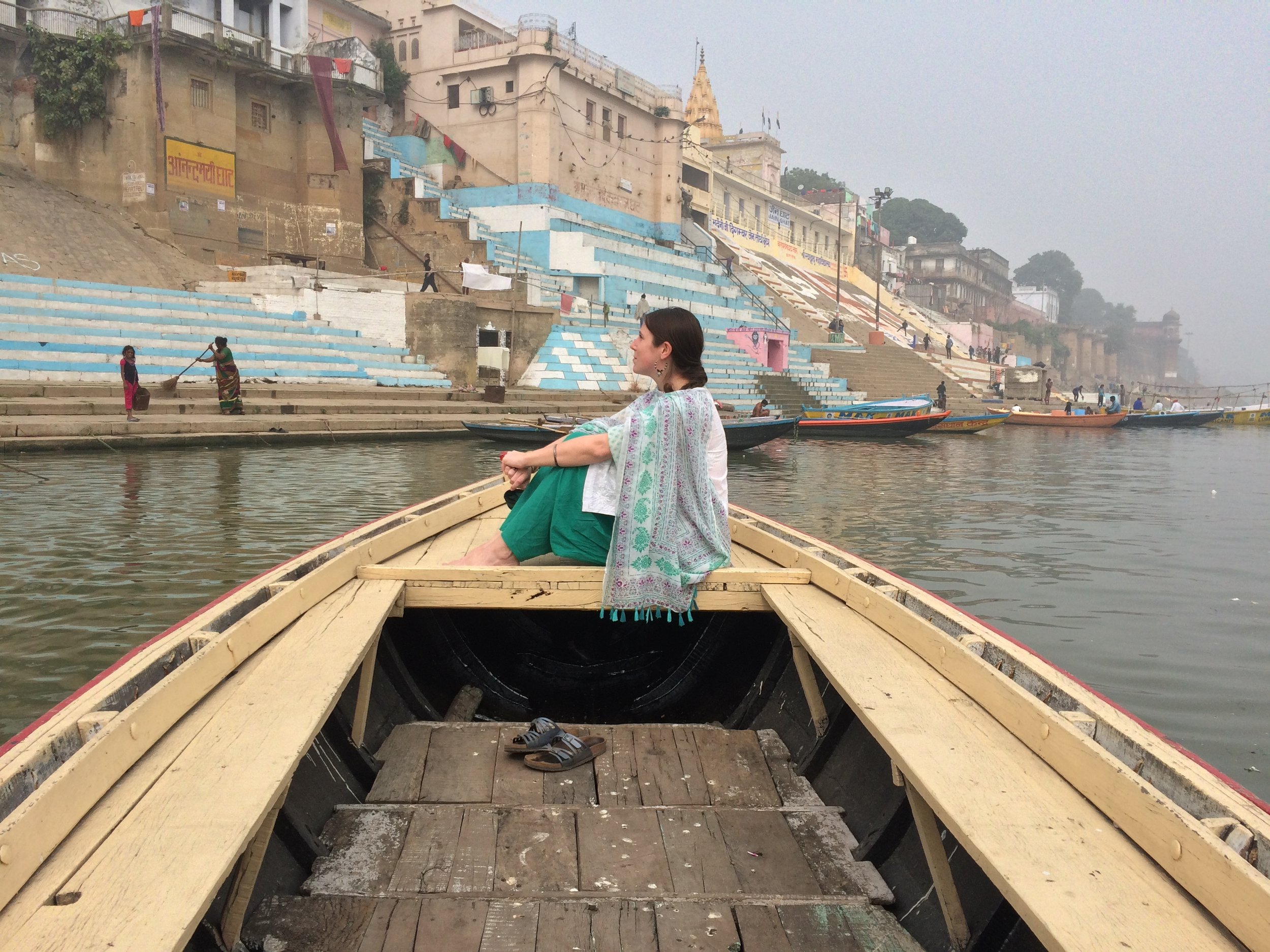
While in Varanasi to visit Sanskrit scholar and director Kamalesh Dutt Tripathi, I took a morning off for a boat ride on the Ganga. Photograph taken during field work (2015).
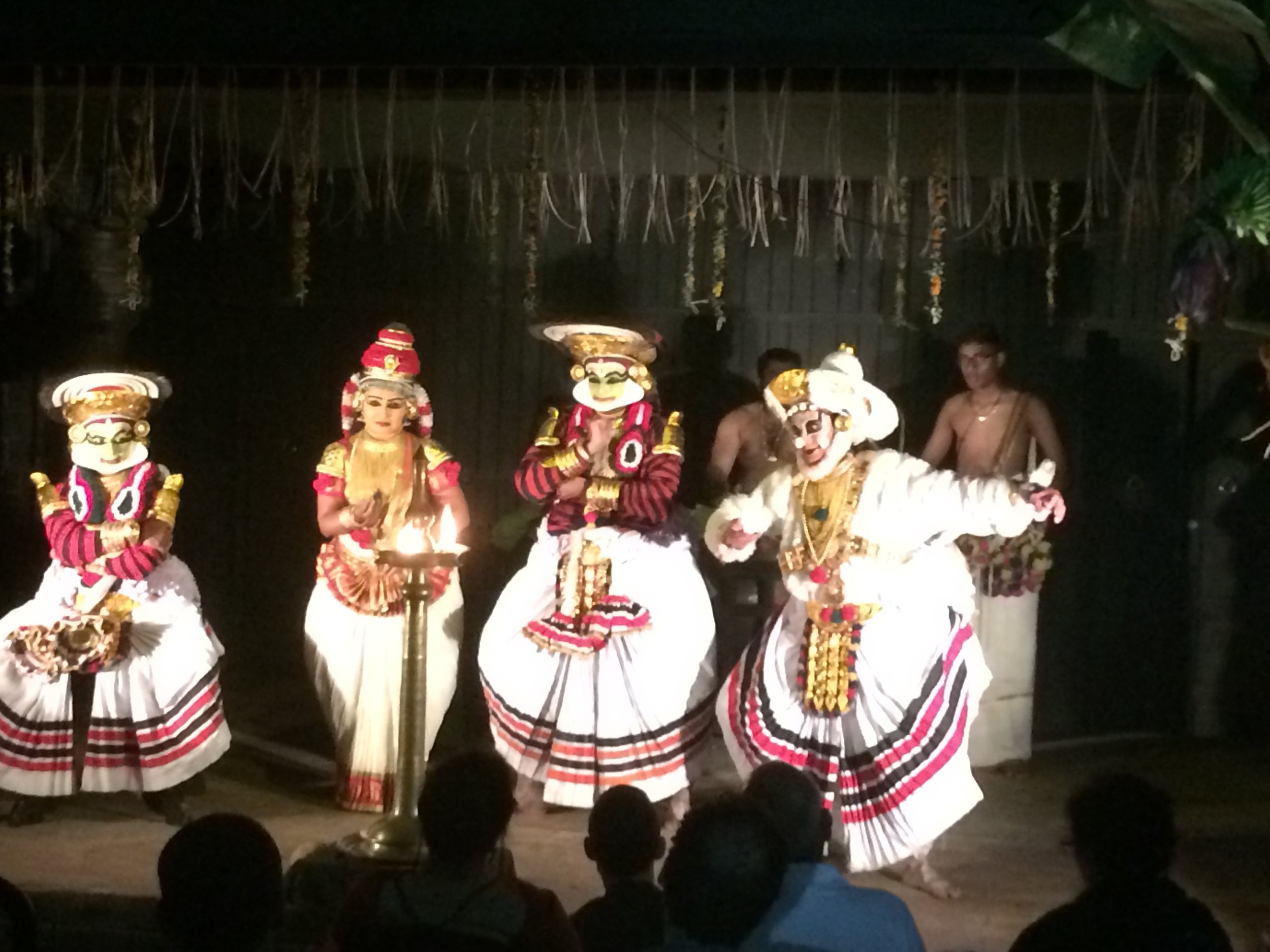
Act Seven of Shaktibhadra’s Ashcaryacudamini, the Agnipraveshankam is a staple of the traditionally Kudiyattam repertoire, and features a rarely seen bharatavakyam. This production was performed by Nepathya in Moozhikkulam, Kerala, in 2018.











